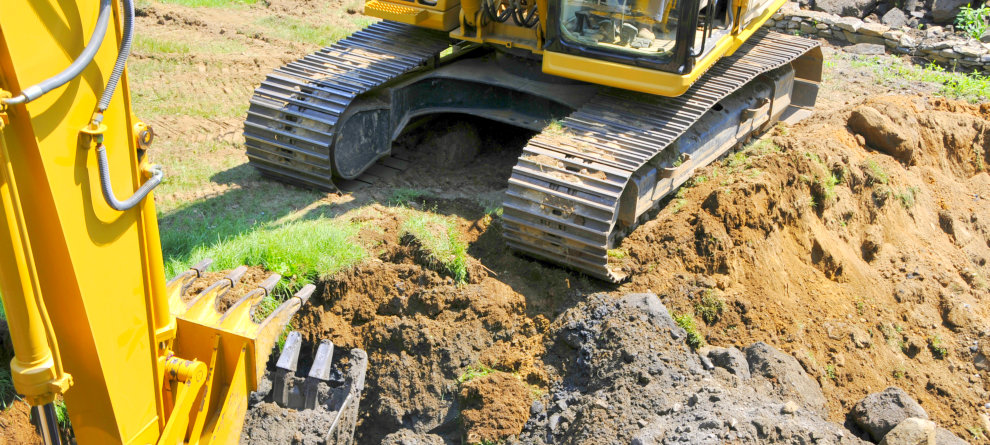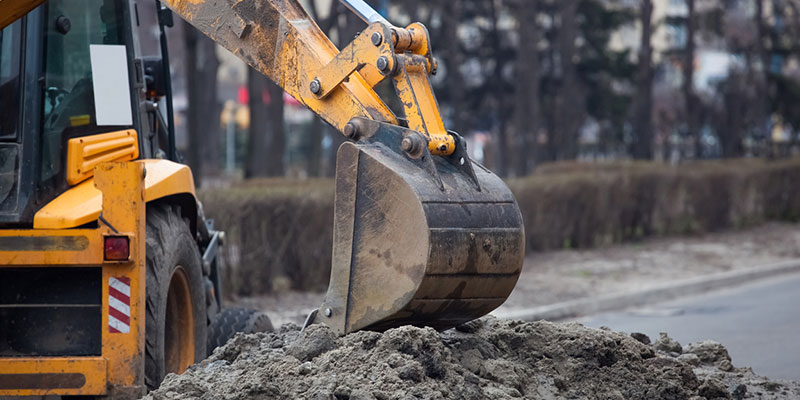Lancaster Trenching - Professional Trenching Solutions in Lancaster, Ohio
Lancaster Trenching - Professional Trenching Solutions in Lancaster, Ohio
Blog Article
Introducing the Art of Excavation: Pro Tips for Safe and Effective Digging
As dirt is turned and earth is relocated, the ins and outs of excavation expose themselves, requiring an eager understanding of devices, dirt make-up, security procedures, and ecological considerations. The competence required to browse these elements properly can indicate the difference between an effective excavation project and a possible calamity.
Importance of Appropriate Tools
To make sure the safety and performance of any kind of excavation project, utilizing the proper tools is critical. Excavation tasks vary in scope and intricacy, ranging from small residential landscape design jobs to large building tasks.
These versatile makers come in various dimensions to fit various task demands. Small excavators are suitable for smaller jobs, while larger excavators tackle a lot more comprehensive projects successfully.
Bulldozers excel in tasks that call for pushing big amounts of soil or particles. By investing in the suitable devices, excavation tasks can be finished securely, on time, and with precision.
Recognizing Dirt Structure
An extensive understanding of dirt composition is basic for executing excavation projects with accuracy and safety and security. Recognizing the various types of dirt is essential as it directly impacts excavation approaches, equipment option, and overall task efficiency. Dirt structure usually contains four primary elements: sand, silt, clay, and raw material. Each element has one-of-a-kind residential properties that affect exactly how dirt reacts to excavation processes.
Sand fragments are the biggest and supply excellent drain yet use little communication. Silt particles are smaller sized than sand yet bigger than clay, offering moderate water drainage and communication. Clay bits are the smallest and offer high cohesion however bad water drainage. Organic matter, such as decomposing plant product, affects soil fertility and stability.
Prior to starting excavation, conducting soil tests to identify its structure and features is crucial. This information aids in selecting the appropriate tools, implementing precaution, and establishing excavation strategies customized to the certain dirt problems - lancaster excavation. By understanding soil make-up, excavation specialists can boost job end results while making certain safety and security and adherence to best techniques
Precaution and Procedures
Understanding dirt structure is the cornerstone upon which safety and security measures and procedures for excavation tasks are constructed, guaranteeing the wellness of employees and the success of the venture. There are a number of vital steps that should be executed to mitigate dangers and avoid accidents. when it comes to safety throughout excavation.
Most importantly, before any type of excavating starts, a detailed inspection of the site should be conducted to recognize any possible hazards such as below ground energies, unsteady dirt problems, or nearby structures that could present a danger. It is important to have a competent individual manage the excavation process to ensure that all safety and security procedures are adhered to purely.
In addition, all employees entailed in the excavation needs to be appropriately trained in risk-free digging practices and the correct operation of tools. By adhering to these safety measures and procedures, excavation projects can be completed successfully and without event.
Effective Excavation Planning
When starting an excavation job, careful preparation is necessary to make sure effectiveness, safety and security, and effective results. Reliable excavation preparation includes numerous vital steps that are important for the smooth implementation of the project. The initial action is to conduct an extensive site analysis to identify any type of prospective hazards, such as below ground energies or unsteady soil conditions. This info is crucial for creating an in-depth excavation plan that consists of precaution and take try this web-site the chance of reduction techniques.
As soon as the website evaluation is full, the next step is to produce a clear timeline and timetable for the excavation tasks. This consists of establishing the series of tasks, equipment demands, and manpower allowance. Correct scheduling assists avoid hold-ups and guarantees that the project remains on track.

In addition, communication among all group participants is vital throughout the preparation phase. Clear instructions, routine updates, and efficient control are vital for an effective excavation task. By spending effort and time in precise preparation, excavation teams can significantly improve performance, reduce threats, and attain successful outcomes.

Taking Care Of Environmental Considerations
With enhancing emphasis on ecological sustainability in construction methods, taking care of environmental considerations has actually become an essential element of excavation tasks. Excavation tasks have the potential to impact the surrounding environment through dirt disintegration, sediment overflow, environment disruption, and contamination of water resources. To reduce these risks, it is important to apply best techniques that prioritize ecological security.

Moreover, appropriate waste monitoring is essential to stop dirt and water contamination. Executing treatments for the disposal of harmful materials, recycling of waste products, and decreasing the usage of dangerous chemicals can significantly minimize the environmental impact of excavation jobs. By incorporating these techniques into excavation planning and implementation, construction firms can make certain that their tasks are not just safe and productive but more helpful hints also ecologically responsible.
Final Thought
In verdict, understanding the art of excavation needs a comprehensive understanding of appropriate equipment, dirt structure, precaution, and efficient planning. By complying with these standards and taking into consideration ecological factors, excavations can be carried out securely and effectively. It is important to prioritize security and productivity in every excavating project to guarantee effective results.
As dirt is turned and earth is relocated, the intricacies of excavation reveal themselves, demanding a keen understanding of tools, dirt make-up, safety and security methods, and environmental considerations.To make sure the safety and effectiveness of any kind of excavation task, utilizing the ideal devices is vital.A thorough understanding of soil make-up is basic for executing excavation jobs with accuracy and safety. Comprehending the different types of soil is vital as it directly influences excavation techniques, tools selection, and general job performance. By understanding soil composition, excavation experts can improve project end results while ensuring safety and security and adherence to best techniques.
Report this page